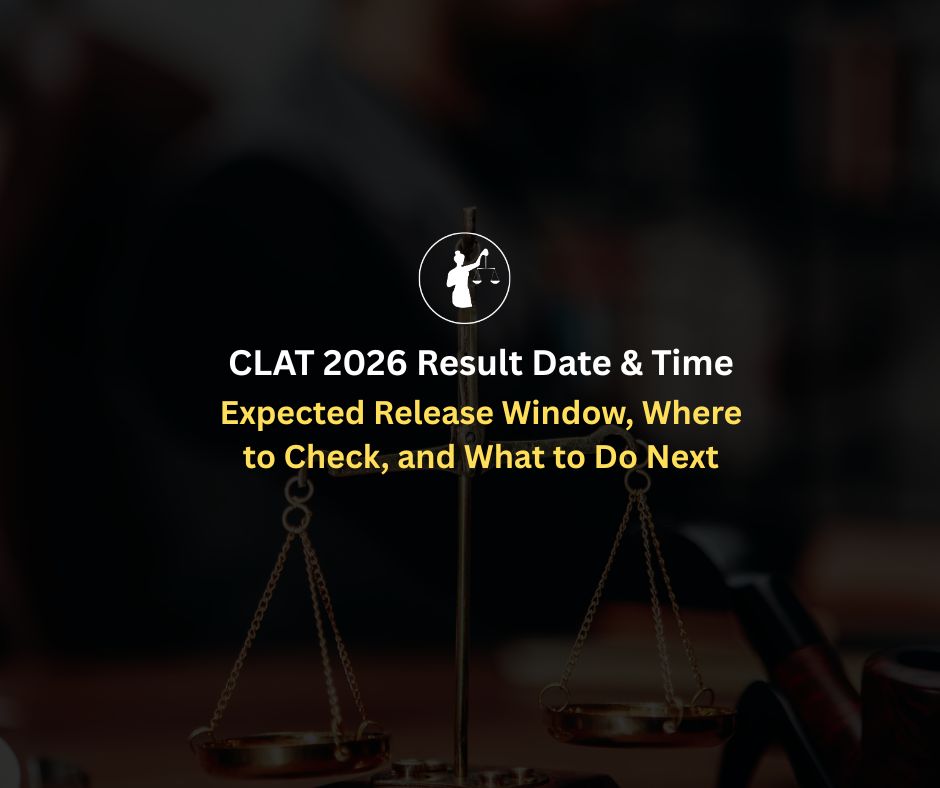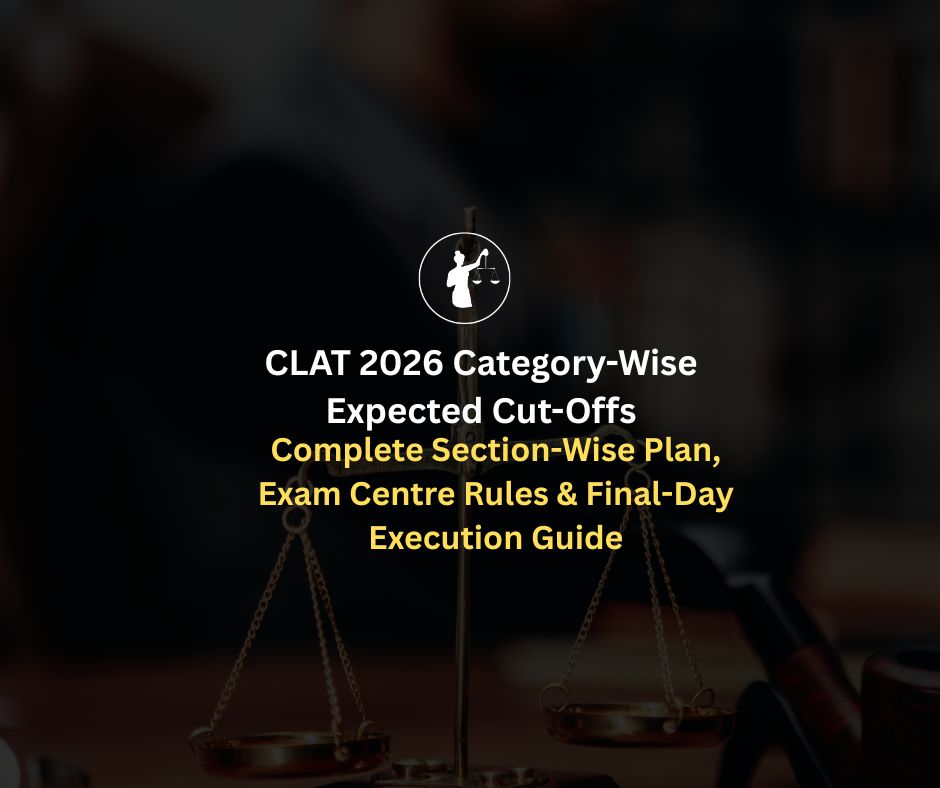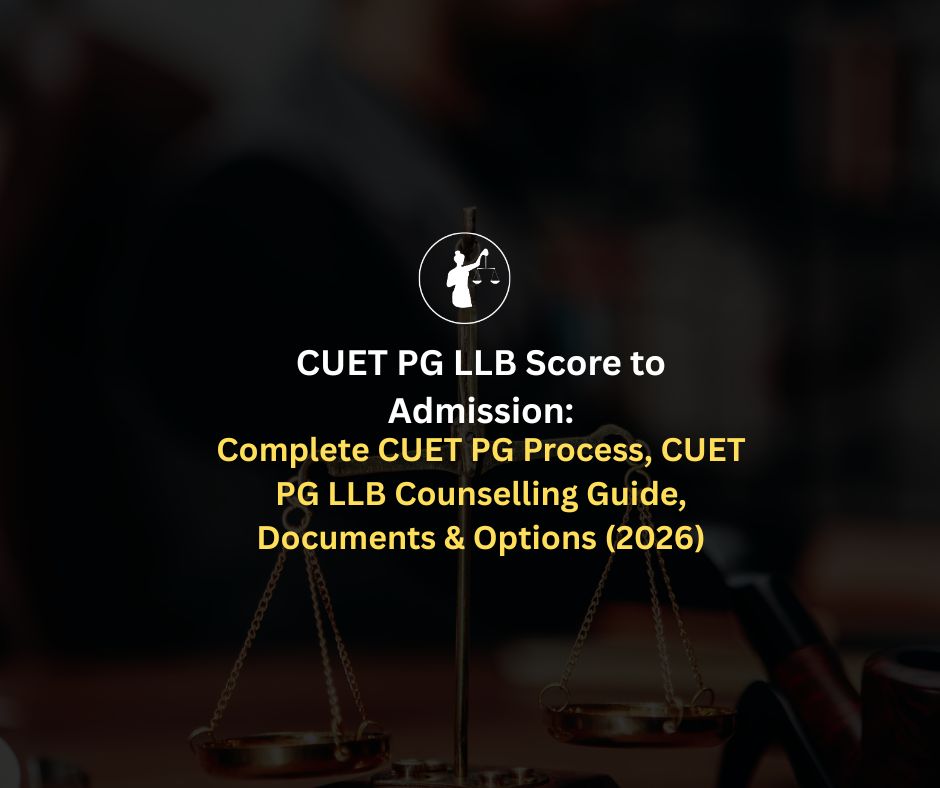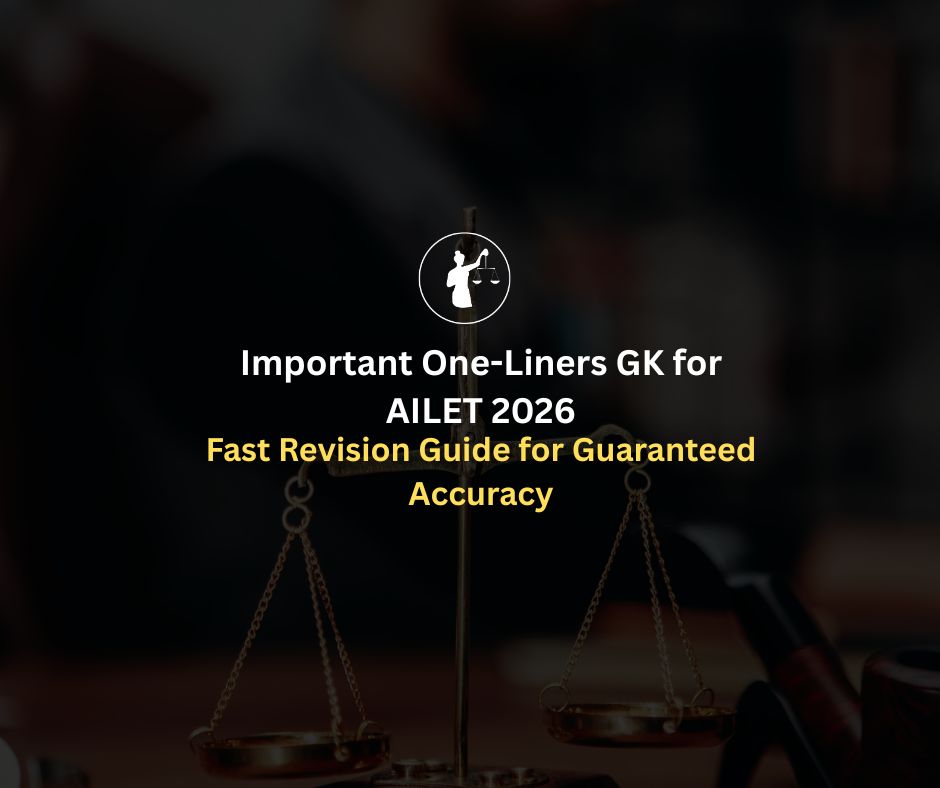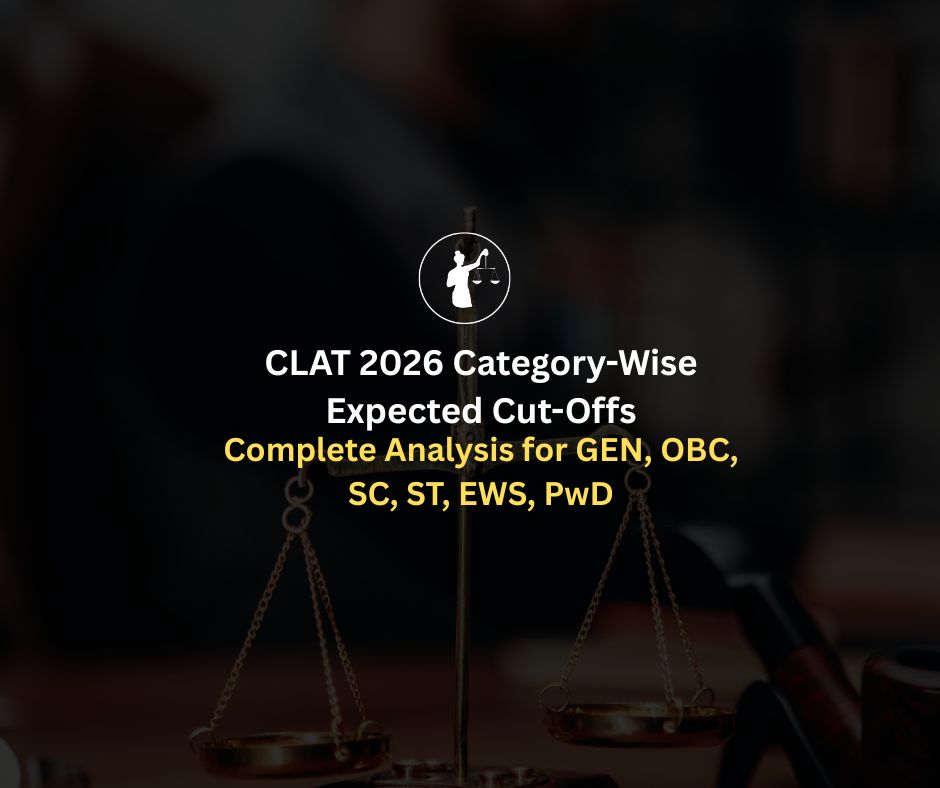
Ask any CLAT topper, and you’ll rarely hear them talk about last-minute tricks or lucky guesses. What you will find — behind every three-digit score is a set of habits. Boring, maybe. But consistent. That’s what makes all the difference.
We studied patterns across toppers from NLTI and beyond. The result? A distilled list of 10 daily habits that keep high performers in the top 0.5%. If you’re stuck in the 60–70 plateau or just starting out, this isn’t a motivational checklist — it’s a framework you can follow, every single day.
Check Out: Ace CUET-PG LLB 2026: Coaching cum Mentorship + Test Series
Whether it’s Legal, English, or CR, toppers don’t touch practice questions casually. Every question is solved with a purpose: identifying a blind spot, testing a concept, or just warming up the brain. They track accuracy, reflect on their thought process, and tag weak areas.
It’s never “just solving.” It’s structured solving.
Toppers usually break this into 2–3 slots through the day — maybe 15 questions after breakfast, 10 during a power break, 10 more before winding down. But what’s consistent is why they solve: not to fill time, but to sharpen precision. Over weeks, this daily consistency builds a test-taker’s reflexes — the kind that help you save 10 seconds per question in an actual mock.
Most aspirants brag about “10 hours of study.” Toppers focus on “3.5 hours of full-focus.” There’s a difference. Many use time-blocking apps or even a simple pen-and-paper method to track deep work time — uninterrupted study that actually pushes your skill.
They don’t chase hours. They chase focus streaks. 2 hours of zero-distraction Legal prep beats 5 hours of distracted multitasking. Over weeks, this gives them a real edge: not in how long they study, but how intensely they train their brain.
Toppers don’t just give mocks. They debrief themselves. What went wrong? Was it fatigue, misreading, or concept confusion? A simple 10-minute “error reflection ritual” becomes their growth accelerator. In fact, mock review is more important than mock performance.
But this reflection isn’t emotional — it’s forensic. They don’t say “Ugh, stupid mistake again.” They ask: Why was that mistake made? Was I rushing? Did the question bait me with a keyword? Could I have spotted that trap if I slowed down by 3 seconds? That level of insight turns one mock into three days of learning. It’s what separates feedback from noise.
The trap most aspirants fall into is overworking weak areas and ignoring their strengths. Toppers rotate subjects deliberately, keeping all five in active memory. Even if it’s just 15 CR questions on a “Legal day,” the aim is to avoid rust.
This rotation isn’t rigid. It’s rhythmic. You’ll often find toppers solving quick Quant during travel or revising GK headlines during lunch. They don’t cram a subject in bulk and ignore it for weeks. Instead, they create a low-maintenance system where every subject stays warm. This cross-subject fluency becomes crucial in mocks — especially when a tough section threatens to shake confidence.
Revising doesn’t mean flipping through hundreds of bookmarked questions. Toppers maintain a running list: key mistakes, good logic, tricky facts, words they misread, etc. Their revision log is personalized, not borrowed from a coaching PDF.
For instance, a topper might maintain a section called “Words I Misunderstood” or “Legal Reasoning Traps that I missed.” These micro-lists become sharp weapons during revision season. It’s not about quantity — it’s about intelligent recall.
Yes, toppers do analyze their mistakes, but they don’t get stuck overthinking everything. They don’t spend hours changing their whole strategy after every mock test. Instead, they look for patterns and make small, simple changes one at a time. Clear thinking beats confusion, and overthinking only slows you down.
For example, if they keep misreading options in RC, they don’t throw out their whole approach—they just tweak how much time they spend on tone versus structure. If Legal questions take too long, they try a quick 3-second scan before reading. One small change at a time. This way, they keep their momentum and keep improving steadily.
This isn’t productivity fluff. Most toppers don’t study with a million tabs open or unread notifications. Some meditate for 2 minutes. Some close all devices. Others follow a ritual — tea, music, stretching. The aim? Enter a focused headspace before the first question hits.
This ritual trains the brain to associate that activity with focus. Over time, it creates a switch — the moment the ritual begins, distractions fade. This habit is invisible but incredibly powerful. Because focus isn’t natural. It’s engineered.
When toppers read editorials, they don’t skim just to tick it off. They dissect tone, logic, hidden bias, transitions. One quality article can be more useful than five random reads. CLAT English and CR are less about “knowing” and more about “reading like a critic.”
Toppers often make short notes on style or structure. Some even rewrite paragraphs to understand phrasing. Over time, their brain is trained to read questions like an examiner — spotting traps and structure with surgical precision.
Each topper has a personal golden zone — maybe 6 to 9 AM, or 10 PM to 1 AM. Whenever it is, they guard it. No distractions, no errands, no favours. You’ll rarely see a topper study aimlessly across 10 hours. Instead, they go all-in for 3–4 high-quality hours.
In CLAT prep, energy management is strategy. By reserving their best mental energy for the hardest questions, toppers avoid burnout and build stamina for test day. It’s not about pushing yourself more — it’s about pushing yourself right.
This isn’t about group study. In fact, most toppers prefer solo prep. But they often have 1–2 trusted peers they bounce ideas off — to challenge assumptions, discuss confusing mocks, or test a new strategy.
These mini-discussions aren’t random. They’re short, high-yield check-ins that prevent blind spots. “Why did you eliminate this CR option?” “How are you tracking vocab retention?” These aren’t debates — they’re calibration tools. A 10-minute honest chat with a fellow serious aspirant often brings more clarity than hours of solitary confusion.
You don’t need to copy all 10 habits on Day 1. Pick two. Make them part of your system. Then add one more. Toppers don’t rise by doing 100 different things they do 10 things a little better, every single day.
That’s how they rise. And that’s how you will, too.
At NLTI, many toppers found that having the right ecosystem made all the difference. They studied in small, focused buddy groups. They reflected on mocks with mentors who actually remembered their weak spots. They followed structured daily targets and had weekly nudges when momentum dipped.
Because CLAT prep isn’t just about how hard you work. It’s about how intentionally you build your habits and who’s in your corner while you do.
